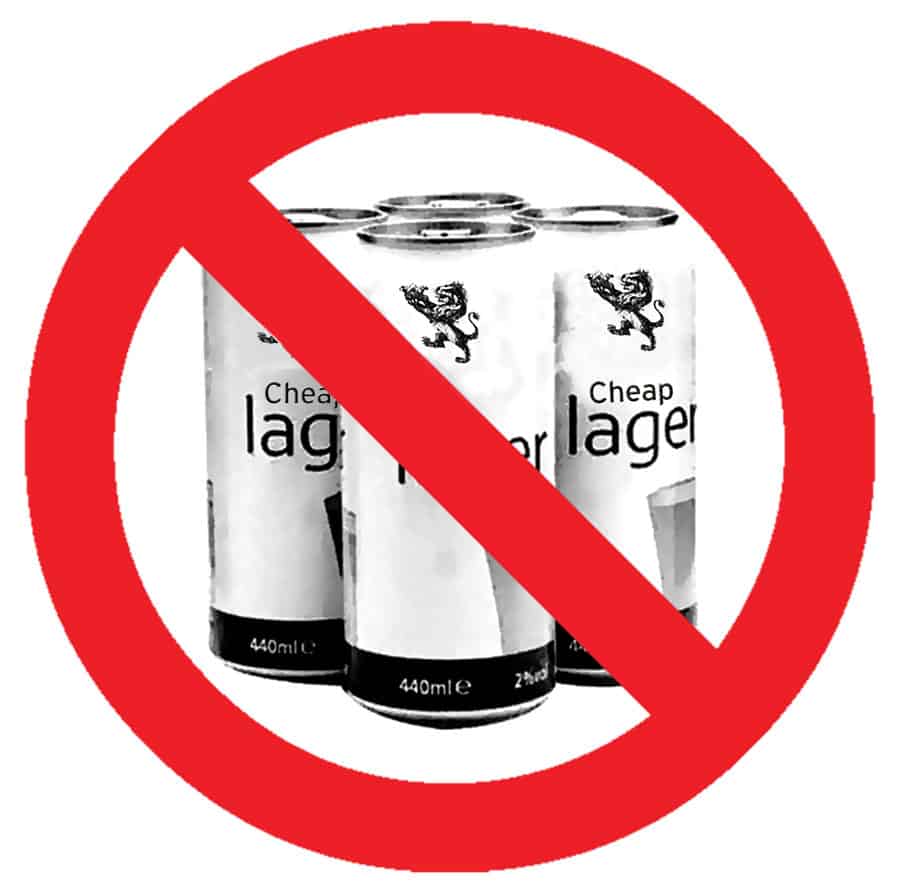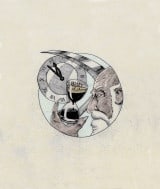Plans to impose a minimum price on alcohol will be robustly debated next year. Liam Delaney and Clare Delargy examine the pros and cons.
The introduction of a minimum price for alcohol is now firmly on agenda of government in both Ireland and UK. In particular, the plans of the Scottish Parliament are at an advanced stage, and a preliminary vote was recently cast in favour of its introduction, and the Conservatives have just released a policy that will put the minimum alcohol price at 40p per unit in England and Wales. The report of the National Steering Group on a National Substance Misuse Strategy, published in 2012, recommends the introduction of such a policy in Ireland, and junior health minister Roisín
Shortall has recently suggested in interviews her intention to pass it into law.
A minimum charge for alcohol introduces a price floor below which a unit of alcohol cannot be sold. It is a policy distinct from taxation; existing alcoholic products which are currently sold above the minimum price per unit would not be affected by a change to the minimum price, whereas tax increases affect all qualifying products.
One key issue for policy makers is setting the minimum price, and deciding whether it will be on a per unit, per drink or per gramme of alcohol basis. The UK government initially proposed a ban on below-cost selling, which in the UK would set the alcohol price at 28p per unit of spirits and 21p per unit of beer; this means the price of a litre of spirits would become £10.71, a bottle of wine £2.03 and a can of lager £0.38. Public health advocates argue that prohibiting below-cost selling would not have any material impact; instead they recommend a £0.50 minimum price per unit as necessary to have an adequate effect. This would result in a litre of spirits being priced at £20, a bottle of wine priced at £3.50, and a can of lager at £1.
The extent to which a minimum price would actually influence consumption is also of importance. A RAND study had shown that increasing the affordability of alcohol leads to higher consumption. The most credible study on the introduction of a minimum price, carried out by a group of academics at the University of Sheffield, found that a 50p minimum price could be expected to bring about savings just under £10bn in areas such as crime and health. The study predicts that a 40p minimum price would reduce consumption by 4.4% over 10 years. A key benefit of the minimum alcohol price (MAP), from a public health point of view, is that it targets high-volume consumption of cheap alcohol, effectively raising the cost of the cheapest route to getting drunk. A study of an existing policy in British Columbia has shown that a 10% increase in minimum drink prices reduced alcohol-related hospital admissions for injuries and poisonings by 7.2%, and achieved an overall reduction of 9.2% in alcohol attributable deaths.
Another area of concern is how the introduction of the MAP would affect different distributors of alcohol. As most trade premises (e.g. pubs) already sell alcohol at a price above 50p per unit, minimum pricing would primarily influence low-cost selling in off trade premises, like supermarkets. The Vintner’s Federation of Ireland has provisionally supported the introduction of minimum price legislation, as a method of promoting the responsible consumption of alcohol. Given the trend from bar sales to off-sales, this may be a welcome development for vintners closing the relative gap between their prices and the cheapest options. The Alcohol Beverage Foundation of Ireland (ABFI) has opposed minimum pricing, arguing that the evidence as to their effectiveness is not strong enough and may contravene competition legislation. Additionally, they hold that the alcohol industry currently has many significant economic benefits for Ireland, which may be threatened by such an approach.
Critics object to the MAP on the basis that it unfairly penalises low-income moderate drinkers, who would have to adjust their consumption patterns to adjust to price increases. Furthermore, the potential for smuggling from Northern Ireland, or an increase in cross-border shopping as a significant issue is reflected in the suggestion that Northern Ireland and the Republic could co-ordinate in the introduction of the laws to minimise negative effects in either jurisdiction. A potential increase in inflation along with price increases should also be carefully considered. Minimum pricing for alcohol would also perhaps be less beneficial to the exchequer than taxation as there is no stipulation that the balance of increase in prices would go to the State, instead it would be reflected in a profit increase for the seller.
The debate will unfold along these lines in the next year. The initial evaluations of the Scottish case will be one key input and the recent policy announcements in England will further add to the momentum for this in Ireland.
Liam Delaney is Professor of Economics at Stirling and research fellow at the Geary Institute in UCD. Clare Delargy is a researcher at the Geary Institute.






